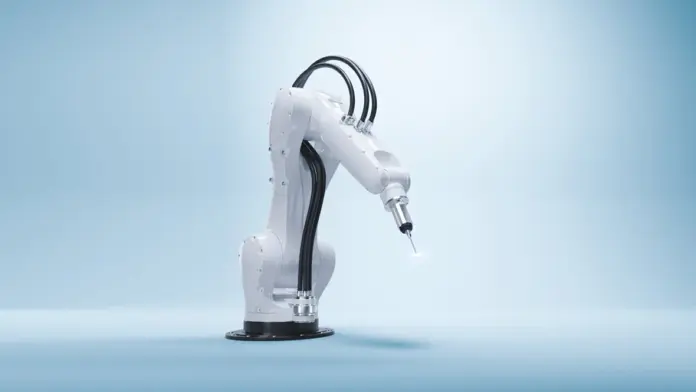Article Excerpt:
Augmented reality, machine automation, and more: the 21st-century industrial revolution is digital. Industry 4.0, the Fourth Industrial Revolution, and 4IR all refer to the current era of connectivity, advanced analytics, automation, and advanced-manufacturing technology that has been transforming global business for years. This wave of change in the manufacturing sector began in the mid-2010s and holds significant potential for operations and the future of production.
Steam propelled the original Industrial Revolution; electricity powered the second; preliminary automation and machinery engineered the third; and cyberphysical systems—or intelligent computers—are shaping the Fourth Industrial Revolution.
Analysis:
As we enter the Fourth Industrial Revolution, also known as “Industry 4.0,” many companies have begun to embrace this change by incorporating AI and robotics into their workflow, while simultaneously upskilling and reskilling their workers to promote high workforce engagement. Still, it seems that the US has a different opinion on this change than other countries, such as Europe, who seem to be in greater favor of this transition to reskilling workers vs. hiring workers. Our nation is failing to see that this change will certainly happen, and we must be prepared for this change in the workforce from physical and manual labor to technological and automated labor. As companies continue to transform their structures, our nation needs to embrace this change instead of fearing it. The idea that “robots are taking over and will rob us of our jobs” is an inflated perspective, as the switch to automation will surely lessen the need for such manual labor, but will make way for different types of work, such as complex cognitive and technological skills.




